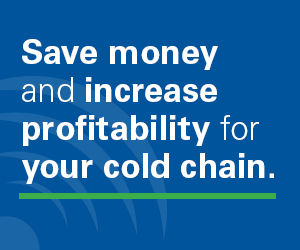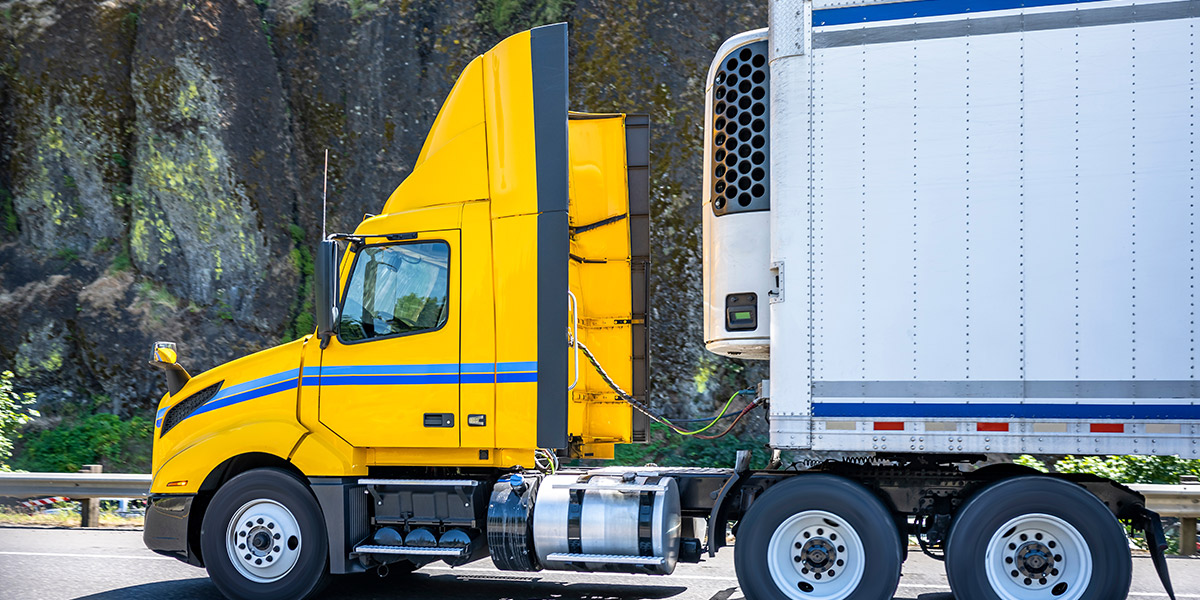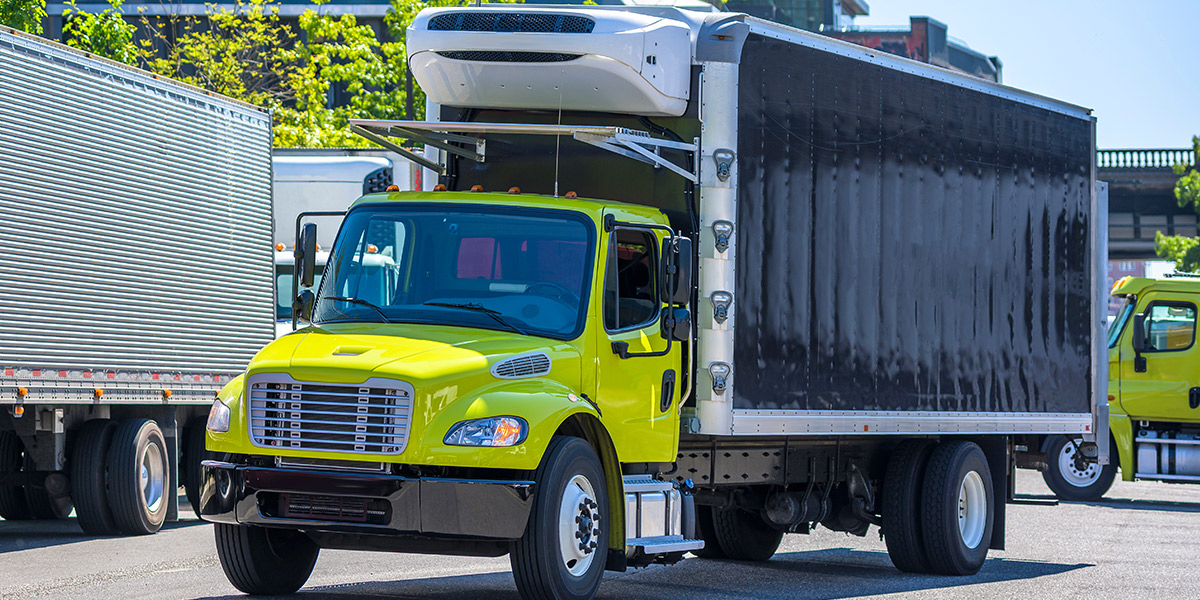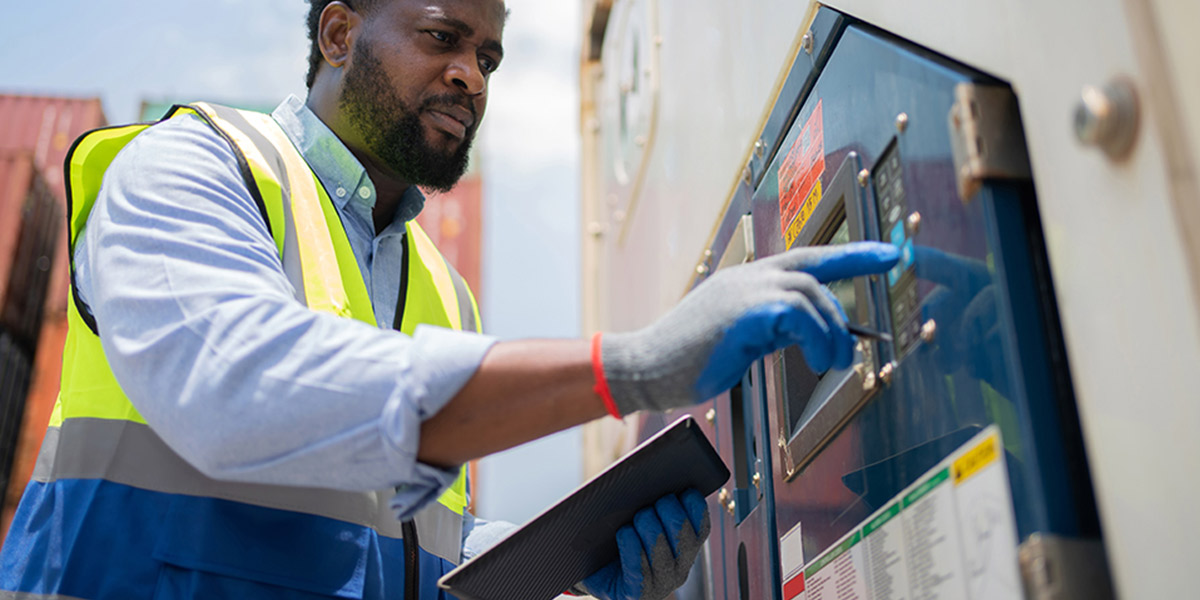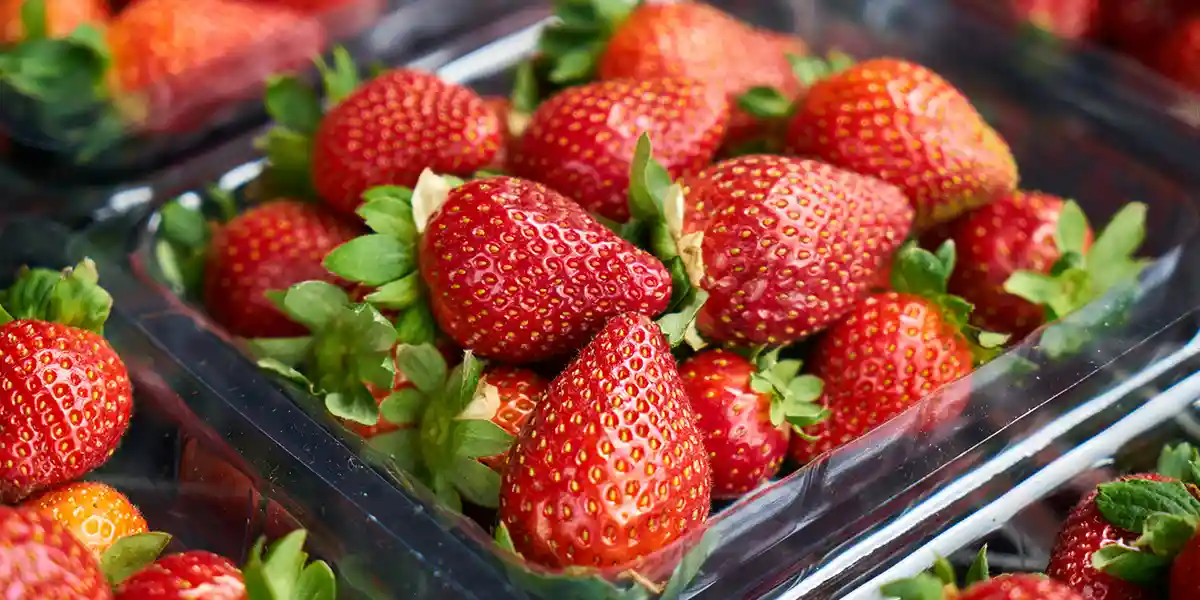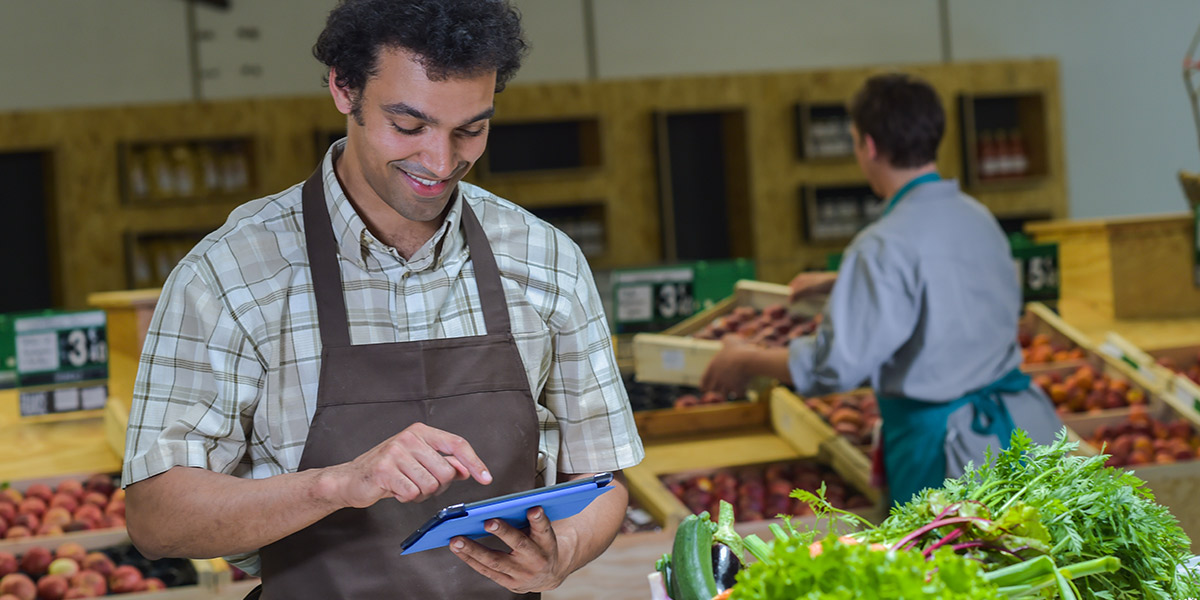Food safety begins with understanding why temperature monitoring is so important – here are the important things to know and to revisit
If your company is charged with transporting or handling perishable food, you have a big responsibility – to keep that food safe and salable until it reaches to consumers. To ensure you uphold this responsibility, you need to take temperature monitoring seriously.
If you have been in the business of transporting or handling food for any period of time, this is hardly news to you. But regardless of how much experience you have, it’s good to reacquaint yourself with the facts behind temperature monitoring, including the following:
- What you don’t know can hurt you.
When you don’t know with certainty the temperatures the perishable food entrusted to your business is always exposed to – you have a problem.
If you don’t know, at any point during its journey, that food is being kept at a safe temperature, you put the consumers of that food – and your company – at risk. The risks can include losses resulting from food spoiling and becoming unsalable, being cited for non-compliance with the FDA Food Safety Modernization Act (FSMA), and, worst of all, the outbreak of foodborne illness.
A comprehensive approach to temperature monitoring mitigates these risks.
- Improved reefer technology doesn’t mean you can skip temperature monitoring.
Reefers are now built better than ever, and the technology incorporated into them continues to improve. That being the case, you might be tempted to believe that if you employ a fleet of brand-new equipment you can be less concerned about temperature monitoring. Don’t believe it!
Human error and poor decision-making represent serious risks when it comes to ensuing food safety. A reefer that’s turned off or a door that’s left open too long can negate the improved fuel efficiency and better cooling capability of modern reefers. Plus, as we all know, even brand new, state-of-the-art equipment can malfunction.
The bottom line is that along with your investment in equipment you also need to adopt the right temperature monitoring technology as an extra layer of protection for perishable food.
- You need to monitor temps across your entire cold chain.
In addition to the sensors and powerful telematics system that comprise an effective temperature monitoring infrastructure, you also need to be knowledgeable about every environment through which food passes during the part of its journey for which you are responsible.
This knowledge will guide you on how many sensors to install and where to place them. It will also empower you to address gaps or trouble spots in your cold chain, including times when reefers might sit unattended, instances when food is exposed to unsafe temperatures, or when temperature-sensitive food is vulnerable to human error.
- Food safety can differentiate your business.
Unfortunately, too many companies that transport or handle perishable food do the minimum when it comes to temperature monitoring.
They may install a few sensors to track temperatures and entrust their people to capture the readings. They may provide only bare-bones training. And they may make little or no effort to identify and address gaps in their cold chain that can put food in danger of spoilage or freezing.
So long as they haven’t encountered a problem or been cited for non-compliance of the FSMA, they are willing to continue to roll the dice and hope they won’t have issues.
This lackadaisical approach to food safety represents an opportunity for those companies that take safety seriously. If you buy food from safe, reputable sources, maintain your equipment, employ temperature monitoring technology across all environments, and train your people and continually communicate to them about the importance of food safety, you can realize a very real competitive advantage over other companies in your space.
- Building a food temperature safety net is more cost-effective than you think.
Gaining visibility into food and ambient temperature across the entire cold chain is more cost-effective than many realize. Easy-to-install sensors can be placed in reefers, cold rooms, and other environments to remove the guesswork from tracking temperatures. Plus, connecting these sensors to a powerful telematics platform can provide a “big picture” view of all your equipment and make it easy to spot potential gaps or trouble spots.
When done right, the result is a food temperature safety net that delivers a considerable return on investment while also providing the peace of mind that your company is doing its part to ensure food safety.
To explore how your company can realize cost savings and maximize returns on its temperature monitoring investment, check out this useful ROI calculator.

